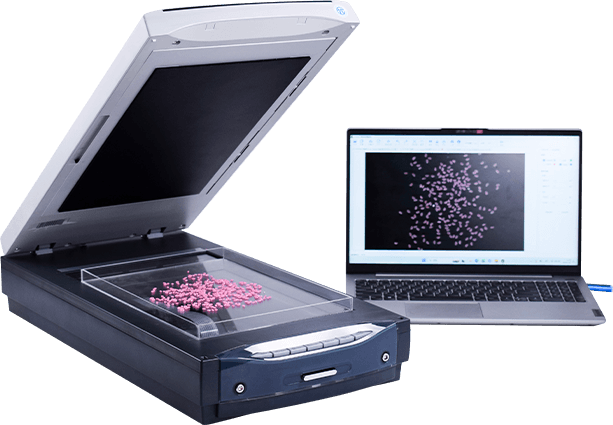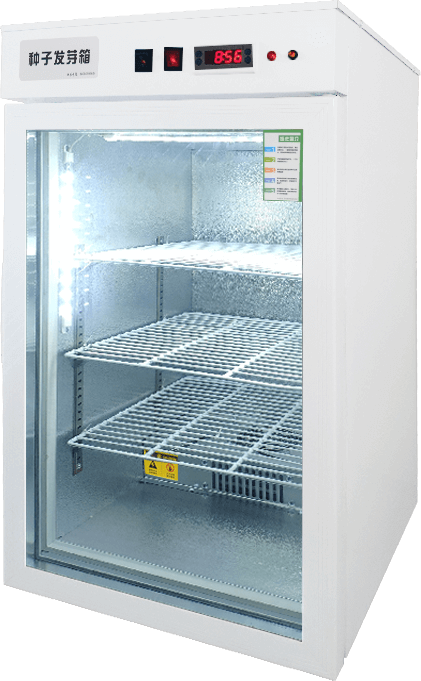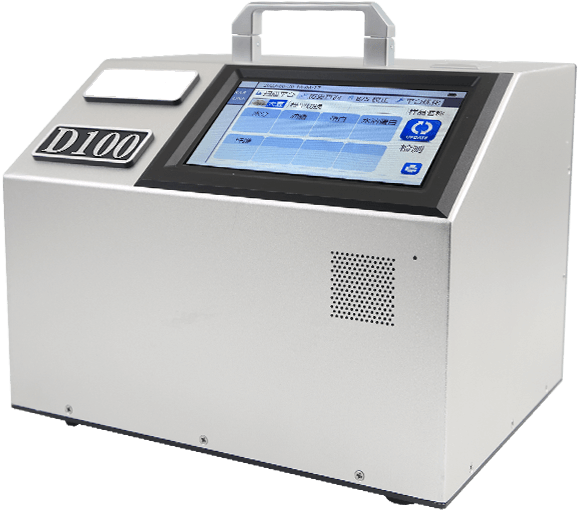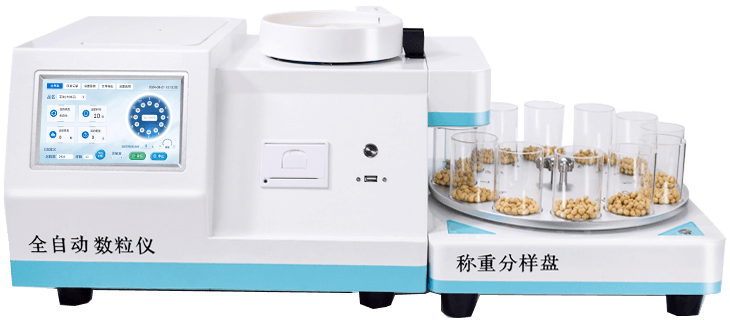
Rice Processing Precision Tester
- Product Number:LD-DMJ
- Product Difference:Used to replace manual visual inspection for the objective, rapid, and accurate automatic detection of rice processing precision
Product Introduction
The Rice Milling Precision Tester objectively, rapidly, and accurately automates the assessment of rice milling precision, replacing manual visual inspection. After staining the rice sample with a specialized dye (Eosin Y-Methylene Blue), the bran and germ appear blue-green while the endosperm turns purple-red. The instrument's dedicated intelligent recognition software automatically analyzes the milling precision of the rice sample based on the degree of bran retention on each whole polished grain and its overall percentage. This instrument is primarily suitable for research institutes, testing agencies, rice mills, and distribution enterprises.
Product Features
Features 10 standard grains, providing their area standard values Sr, which can be modified.
Automatically identifies and segments rice grains without requiring special sample arrangement. Single-batch testing capacity: 1-2000 grains (maximum batch weight 18g), with a measurement time ≤90 seconds. Features mouse-interactive correction and re-evaluation to achieve 100% accurate results.
Diverse test reports display directly: bran retention rate determination, bran retention distribution histogram, whole grain classification (whole and polished rice rate), and broken rice rate. Analysis report output data items are customizable, enabling further statistical analysis in Excel software.
Saves raw detection images with unique identification numbers per grain. Displays sample bounding boxes or outlines for different detection items by category. Features an interface for automatic sample number input via barcode scanner.
Automatically sorts and outputs segmented images by category based on parameters like "area," "length," and "width."
The instrument supports a cloud platform, enabling analysis data to be saved to the cloud for anytime, anywhere access.
Built-in bilingual (Chinese/English) display with one-click switching for seamless operation.
Capable of large-batch automatic analysis processing and result output.
Equipped with screen recording functionality to capture and save experimental procedures.
Product parameters
| Optical Resolution | 4800x9600 dpi |
| Scanner | A4-extended dual-light-source color scanner with white cold cathode fluorescent lamp (CCFL) illumination, 48-bit color depth, scanning area 216×297mm Scanning speed for reflective originals, A4, 300dpi: monochrome 11 seconds, color 14 seconds Film scanning, 35mm, 2400dpi: Positive film: 47 seconds, Negative film: 44 seconds |
| Reflective Document Size | 355.6mm × 215.9mm |
| Transparent Scan Size | 320.0mm × 203.2mm |
| Minimum Pixel Size | 0.005mm × 0.0026mm |
| Measurement Subjects | Rice (Japonica, Indica, Glutinous Rice) |
Scanning Element | 6-line Alternating Microlens CCD |
| Maximum Scan Area | A4 |
| Interface Type | USB 2.0 |
| Maximum Resolution | 12800 × 12800 dpi |
| Environmental Conditions | Temperature 10~30°C, relative humidity ≤85%, avoid strong light exposure. Place the instrument on a stable workbench free from strong mechanical vibrations and electromagnetic interference |
| Power Requirements | 220V±10%, 50Hz |

 +86 19353291814
+86 19353291814
 +86 19353291814
+86 19353291814


